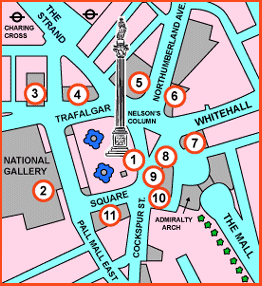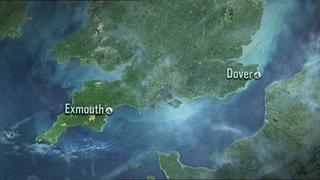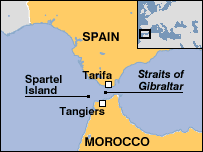Urban rock walks, or: how to podcast a landscape
If you've ever wondered what the streets and buildings and monuments of the UK are constructed from, a good enough place to start is the BBC's Walks with Rocks, where psychogeography meets paleontology meets continental drift. Paleo-psycho-ontogeography, perhaps. In any case, now you can learn the geological origins of paving stones, the density, formation pressures and tectonic ancestry of the architraves on that rockin' bldg across the street from Boots.

For instance: 'Looking at the foyer of Berkeley Square House we can see Norwegian igneous combined with Italian freshwater spring limestones. The adjacent Citroen and Rolls Royce showrooms tempt us with Tethyan limestone full of fossils. The Tethyan region was the seaway that lay to the South of the Eurasian Continent and to the North of Australia/India/Africa during the Late Paleozoic and Early Mesozoic periods' – from Stop 7 on the Dover Street, W1, map.
While you're at it, my televisual posts continue with British Isles: A Natural History on BBC One: 'The series and inserts explore how over three billion years Britain has been boiled in lava, buried under tropical swamps and swept by desert sands. They show how it was crushed by enormous glaciers, released by warm winds, forested from north to south and how the influence of human life has dramatically changed the landscape.' You can also ask what's beneath your feet – no, it's not sheepshit, it's...
Then there are these audio recordings from the BBC's new *Coast* show, which despite suffering from a rather alarming quantity of badly-accented historical reenactors offers one model for how to podcast a landscape.
Here's a link to the first episode of the TV show, which, in combination with the second episode, traces out the following geography:


Finally, more Atlantis b.s. in the news, but I still think it's cool: another tsunami theory, this one about Spartel Island (now submerged) in the Straits of Gibraltar:


For instance: 'Looking at the foyer of Berkeley Square House we can see Norwegian igneous combined with Italian freshwater spring limestones. The adjacent Citroen and Rolls Royce showrooms tempt us with Tethyan limestone full of fossils. The Tethyan region was the seaway that lay to the South of the Eurasian Continent and to the North of Australia/India/Africa during the Late Paleozoic and Early Mesozoic periods' – from Stop 7 on the Dover Street, W1, map.
While you're at it, my televisual posts continue with British Isles: A Natural History on BBC One: 'The series and inserts explore how over three billion years Britain has been boiled in lava, buried under tropical swamps and swept by desert sands. They show how it was crushed by enormous glaciers, released by warm winds, forested from north to south and how the influence of human life has dramatically changed the landscape.' You can also ask what's beneath your feet – no, it's not sheepshit, it's...
Then there are these audio recordings from the BBC's new *Coast* show, which despite suffering from a rather alarming quantity of badly-accented historical reenactors offers one model for how to podcast a landscape.
Here's a link to the first episode of the TV show, which, in combination with the second episode, traces out the following geography:


Finally, more Atlantis b.s. in the news, but I still think it's cool: another tsunami theory, this one about Spartel Island (now submerged) in the Straits of Gibraltar:






Comments are moderated.
If it's not spam, it will appear here shortly!
Post a Comment